
The formation of our planet, in this wide expanse that is the universe, can be traced back to approximately 4.5 billion years ago, according to radiometric dating. However, mankind, in its present form of Homo Sapiens, has been present on this planet for only 200,000 years. This still left a solid 4,499,800 years for the rock belts to form, fossils to develop and meteors to fall. Even now, new artifacts, minerals, and even entire rock belts are being discovered and studied, to discover their origins, occurring millions and billions of years ago. The 8 materials and objects will absolutely astound you.
1. 3.7 – 3.8 billion-year-old Isua Greenstone Belt in Greenland
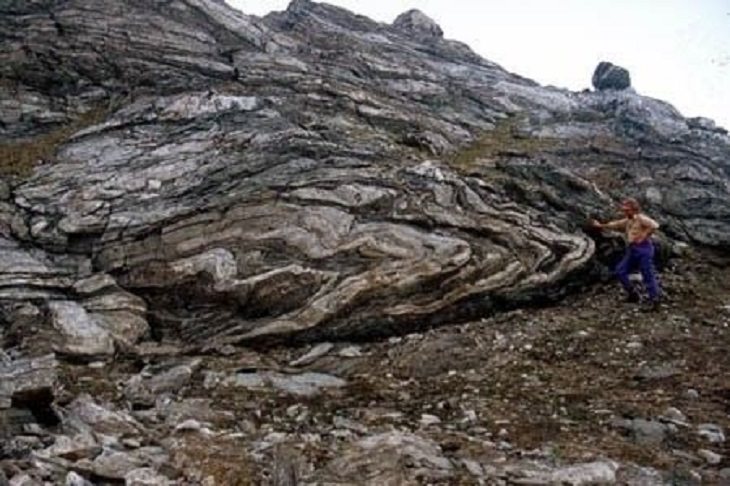
This 3 billion-year-old fossil of stromatolite was discovered under melting snow in 2016, in southwest Greenland. The formation of the rock seems to have occurred as the remains of certain cone-shape stromatolites, which once covered numerous colonies of sea and lake microbes, became fossilized. This belt, also known by the name The Isua supracrustal belt, is one of the oldest rocks of its type by several million years, and after much research, is believed to be among the oldest identified fossils of living organisms to have ever been discovered. Because of its immense historical and scientific value, even today, this belt remains one of the best-preserved ancient tectonic plate sequences on the planet.
2. 3.58 – 4.031 billion-year-old Acasta Gneiss in Canada

(By Pedroalexandrade, Wikimedia Commons)
The above photo shows a fragment of this uniquely old rock on display in the Vienna Natural History Museum. In 1989, when it was first discovered, it was believed to be the oldest known rock formation ever found. However, the later discovery of the Nuvvuagittuq Greenstone Belt refuted this, though there are still many contentions, due to the method of dating used for both, that the Acasta Gneiss is the oldest crustal rock discovered intact. This rock, composed largely of feldspar and quartz, creating a composition known as tonalite gneiss, was found in the northwestern region of Canada.
3. 4.091 billion-year-old Allan Hills 84001 meteorite, from Mars, discovered in Antarctica
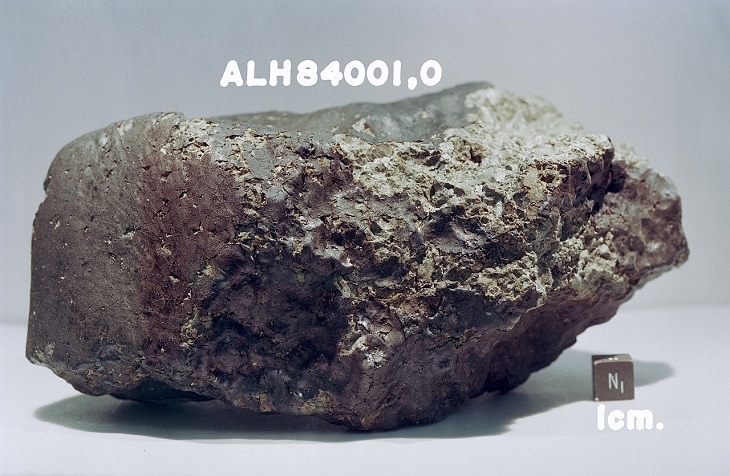
(By NASA, Wikimedia Commons)
This rock, better known by its abbreviated name ALH84001, is nothing more than a fragment of meteorite that is believed to have originated from Mars. In 1984, this rock was discovered in Antarctica’s Allan Hills, for which it was named. In 1996, this rock shot to fame when a group of researchers belonging to NASA’s Johnson Space Center in Houston made the announcement that they believed they had possibly discovered signs of life from Mars embedded within the meteorite, in the form of microscopic magnetic crystals that greatly resembled microbes found on earth. The contention has since been rejected by a majority of the scientific community, though the research paper in question still remains highly influential in the field of microbiology.
4. 4.1 billion-year-old Genesis Rock, collected on the Apollo 15 mission
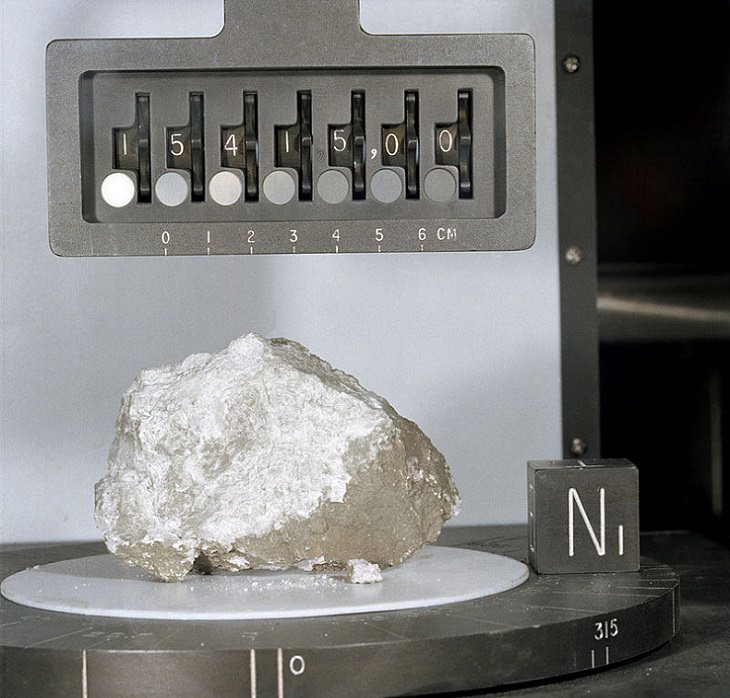
Much like how ALH84001 is among the oldest Martian rock samples, the Genesis rock is one of the oldest lunar rock samples. It was collected by astronauts David Scott and James Irwin from the part of the moon described as the Spur Crater. The name of this sample was selected based on the original theory that the rock was part of the primordial crust of the moon. However, after verifying the age of the rock, it was found to be younger than that of the moon and therefore likely to be a part of the crust formed in a later stage of the moon’s development.
One major discovery brought to light by this rock was due to the discovery of water traces in it as well as other anorthosites collected on the moon. The presence of water would imply that there was water present during the formation of the moon, refuting the existing theory of the formation of the moon as a result of debris collection, following the collision of the Earth and another spatial body.
5. 4.37 billion-year-old Nuvvuagittuq Greenstone Belt, found in Canada
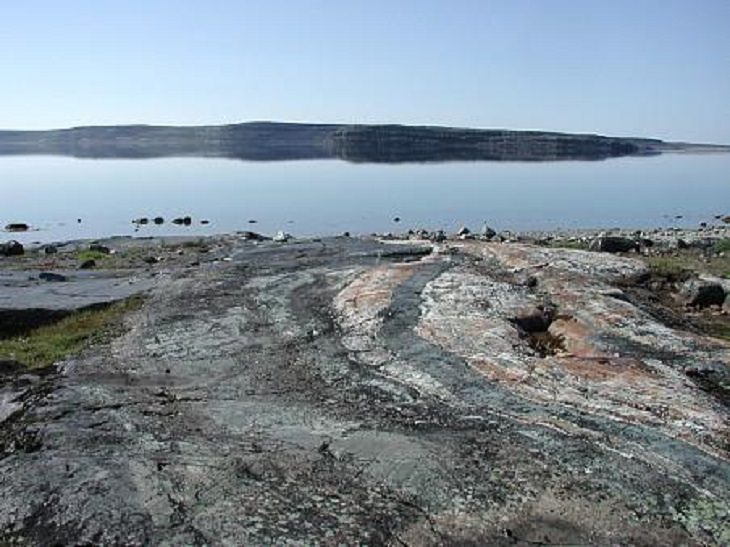
(By NASA, Wikimedia Commons)
On the coast of Hudson Bay, Quebec, in 2001, geologists made an incredible discovery. A belt of rocks in Canada was found, comprised of ultramafic and ancient volcanic rocks, metamorphosed mafic volcanic rocks and finally a variety of related sedimentary rocks, all believed to represent the oldest sequence of rocks ever found on Earth. This combination of rocks was labeled as “faux amphibolite”. The actual age of the sequence of rocks remains contested as, over years of study, it has been determined that some portions of the belt are only 3.7 billion years old, making them significantly younger than other rock formations discovered. However, a study in 2017 found conclusive evidence of the presence of fossilized microorganisms which may be the oldest traces of life discovered to date.
6. 4.375 billion-year-old Jack Hills Zircon, found in Australia
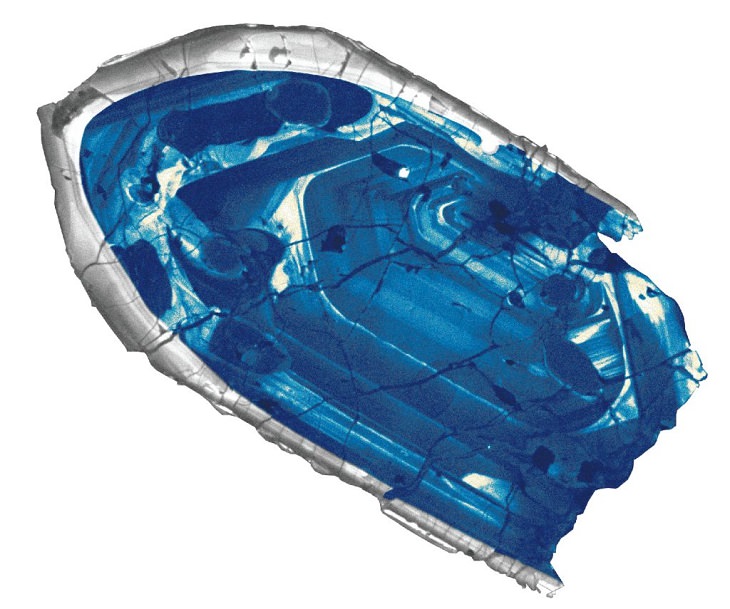
While this piece of Zircon is not a rock, it is one of the oldest geological discoveries known to man and the oldest verified piece of Earth’s crust. This particular Zircon crystal, which is almost as old as our planet itself, was unearthed on a sheep farm in the north of Perth, Australia. While the crystal is ordinarily a translucent shade of red, when bombarded with electrons, it’s hue changes to a bright glowing blue. After studying the chemical constitution of this crystal, the ratio of oxygen isotopes present in crystal indicated that the temperatures on Earth at the time of the crystal's formation would have supported the presence of liquid water and, consequently, life.
7. 4.46 billion-year-old Lunar Sample 67215, collected during the Apollo 16 mission

Picked up during the Apollo 16 mission, in 1972, is a rock sample from the moon as well as the oldest rock on the world, known only as Lunar Sample 67215, specifically labeled as an anorthosite rock. This sample was of especial importance to the scientific community as it gave some insight into how the initial formation of the lunar crust occurred, having been collected from a somewhat shallow depth. This discovery also provided some insight into the process of the formation of terrestrial plants. This rock reveals many answers to the early history of the formation and development of the moon.
8. 5 - 7 billion-year-old stardust, found in a meteorite that crashed in Australia
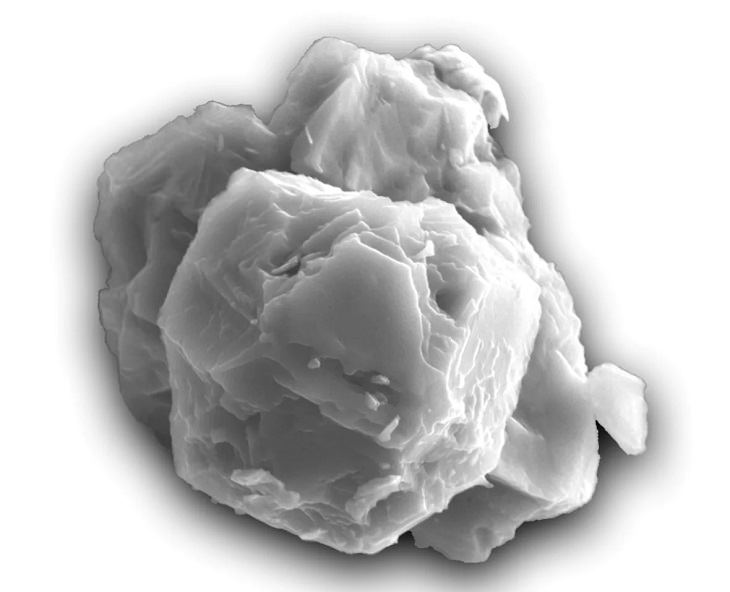
(cbc.ca)
In 1969, in rural southeast Australia, a meteorite crash-landed in a ball of fire that contained 40 tons of dust grains that can be classified as stardust. Analysis of these grains showed that they predated the existence of our solar system, thereby granting them the name 'presolar grains'. According to researchers at the Field Museum in Chicago, this dust may grant us the facility to study the history and formation of our galaxy and solar system. By studying the age of these dust grains, the rate of growth of the Milky Way can be approximated.
Related Articles:
The World's Most Bizarre Competitions
16 of Nature's Weirdest Creations